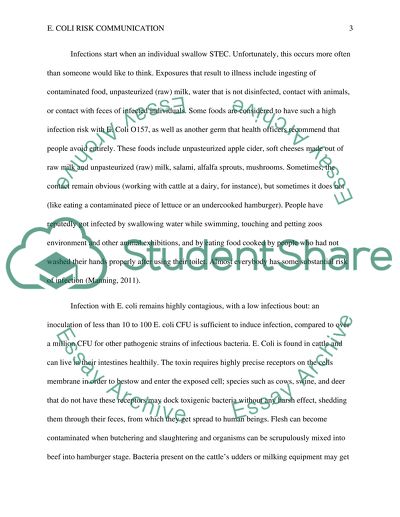Cite this document
(“E. Coli Risk Communication Case Study Example | Topics and Well Written Essays - 1000 words”, n.d.)
Retrieved from https://studentshare.org/health-sciences-medicine/1452892-risk-communication-e-coli
Retrieved from https://studentshare.org/health-sciences-medicine/1452892-risk-communication-e-coli
(E. Coli Risk Communication Case Study Example | Topics and Well Written Essays - 1000 Words)
https://studentshare.org/health-sciences-medicine/1452892-risk-communication-e-coli.
https://studentshare.org/health-sciences-medicine/1452892-risk-communication-e-coli.
“E. Coli Risk Communication Case Study Example | Topics and Well Written Essays - 1000 Words”, n.d. https://studentshare.org/health-sciences-medicine/1452892-risk-communication-e-coli.


